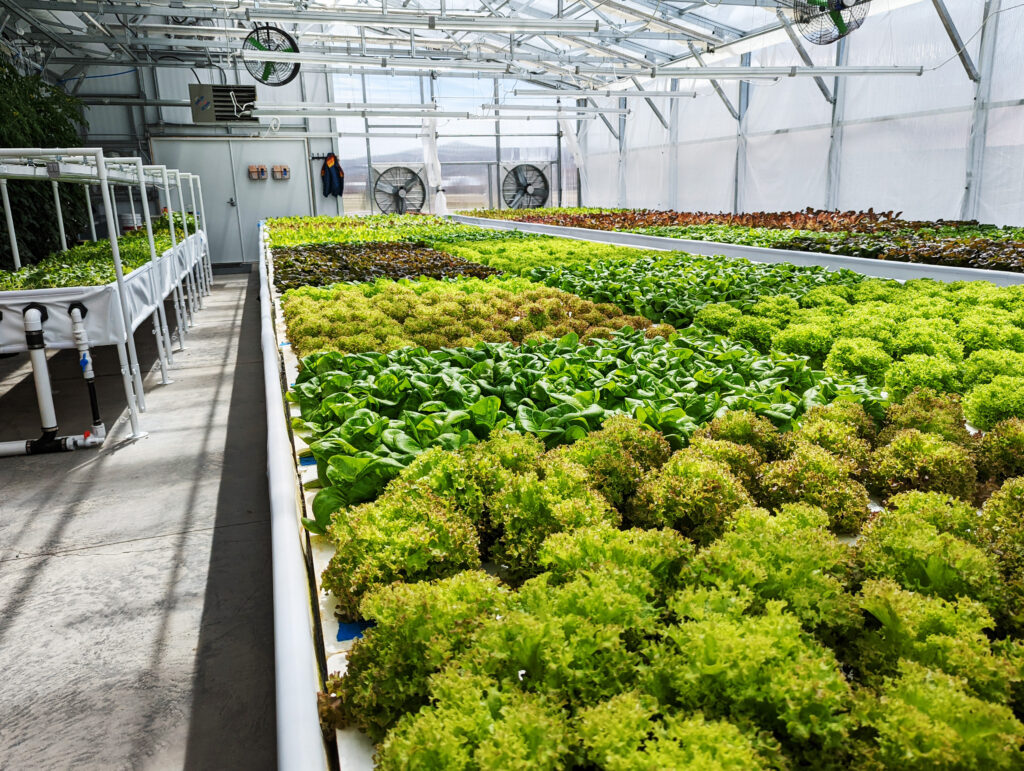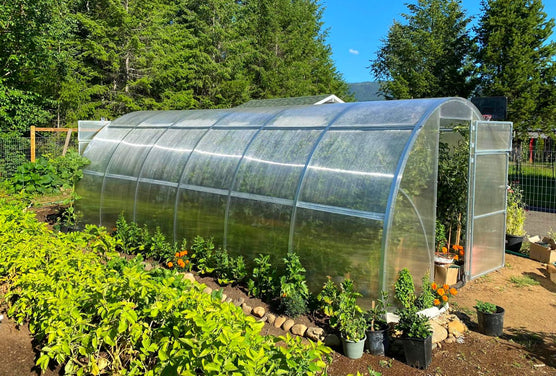Greenhouse Design: Creating an Eco-Friendly Growing Room
Are you curious about developing an environmentally friendly growing room? Find out just how to make a greenhouse that optimizes natural light, saves water, and integrates renewable resource sources. By choosing lasting materials and executing energy-efficient heating and cooling systems, you can produce a greenhouse that is both efficient and environmentally conscious. Discover the vital aspects of greenhouse design that will certainly help you develop a lasting and successful expanding room.
Picking Lasting Materials
When making your eco-friendly greenhouse, focus on sustainability by meticulously picking materials that are environmentally-friendly and advertise energy efficiency. One of the most essential elements of developing an environmentally friendly greenhouse is choosing sustainable products. By going with materials that have a minimal impact on the environment, you can reduce your carbon impact and add to an extra lasting future.
Begin by thinking about the materials used for the structure of your greenhouse. In addition, take into consideration making use of materials that have a high thermal mass, such as stone or concrete, as they can aid regulate the temperature inside the greenhouse, decreasing the demand for extreme heating or air conditioning.
An additional essential aspect to think about is the glazing product for your greenhouse. Choose products that offer outstanding insulation properties, such as dual- or triple-pane glass or polycarbonate panels. These products can assist catch warmth inside the greenhouse, decreasing the quantity of power required for home heating throughout chillier months.
In addition, when selecting materials for the interior of your greenhouse, choose lasting alternatives such as bamboo or recovered wood for shelving and benches. These products are not just durable yet also advertise the responsible usage of resources.
Making Best Use Of Natural Light
To optimize all-natural light in your eco-friendly greenhouse, focus on the calculated positioning of skylights and home windows to optimize sunlight exposure throughout the day. This is a crucial factor in developing a perfect growing setting for your plants. When choosing the placement of windows, think about the path of the sunlight throughout the day and how it will certainly affect the different areas of your greenhouse. South-facing windows will certainly receive one of the most sunlight, while east-facing windows will catch the early morning sunlight and west-facing windows will certainly receive the mid-day sun. By purposefully placing windows on these sides, you can make certain a constant and also circulation of sunshine throughout the day.
They permit sunshine to go into from above, supplying an additional source of light for your plants. When mounting skylights, consider their size and setting (Monarch Decorative Greenhouse Utah).
Carrying Out Energy-Efficient Cooling And Heating Systems
To better enhance the energy efficiency of your green greenhouse, take into consideration carrying out energy-efficient home heating and cooling down systems. These systems play a crucial function in keeping optimal temperature and humidity degrees for your plants, while reducing power intake and minimizing your greenhouse's carbon impact.

This allows for the exchange of fresh air and helps control the temperature level inside the greenhouse. These systems utilize less power contrasted to conventional air conditioning units and can effectively lower the temperature inside the greenhouse.
Water Preservation Methods
To better enhance the energy efficiency of your green greenhouse and continue minimizing its environmental influence, it is essential to execute efficient water conservation techniques. Water is a priceless resource, and with the appropriate techniques, you can minimize your greenhouse's water usage while still supplying ideal conditions for your plants.
One way to save water is by utilizing a drip watering system. This method provides water straight to the plant origins, minimizing dissipation and ensuring that water goes where it is needed most. Furthermore, installing a rainwater harvesting system can assist store and record rainwater for later use in your greenhouse. This not just lowers your reliance on community water resources but also conserves you money in the future.
An additional technique is to mulch your plants. Including a layer of natural material around the base of your plants aids preserve moisture in the soil, minimizing toro lawn mower the demand for frequent watering. In addition, consider utilizing a water-efficient potting mix that retains moisture while still offering sufficient drain.
Finally, check your greenhouse's water usage routinely. my blog By monitoring how much water you are using, you can identify locations for enhancement and make needed adjustments.
Incorporating Renewable Resource Resources

Conclusion
In click to investigate final thought, by executing lasting products, maximizing all-natural light, utilizing energy-efficient home heating and cooling systems, exercising water conservation strategies, and incorporating renewable power sources, you can produce an environment-friendly greenhouse layout. This will not only benefit the environment however also promote healthy and balanced and sustainable plant development. So, go on and make a favorable influence on the earth by making a green expanding space.
When designing your environmentally friendly greenhouse, prioritize sustainability by thoroughly choosing materials that are environmentally-friendly and promote power efficiency. These materials can help catch warm inside the greenhouse, minimizing the quantity of energy needed for heating throughout chillier months.
These systems utilize much less power compared to standard air conditioning devices and can effectively decrease the temperature inside the greenhouse.
You can include renewable power sources into your greenhouse style to make it extra environmentally friendly and sustainable.In conclusion, by carrying out lasting products, maximizing natural light, utilizing energy-efficient heating and cooling down systems, practicing water conservation techniques, and including sustainable energy sources, you can produce a green greenhouse style.